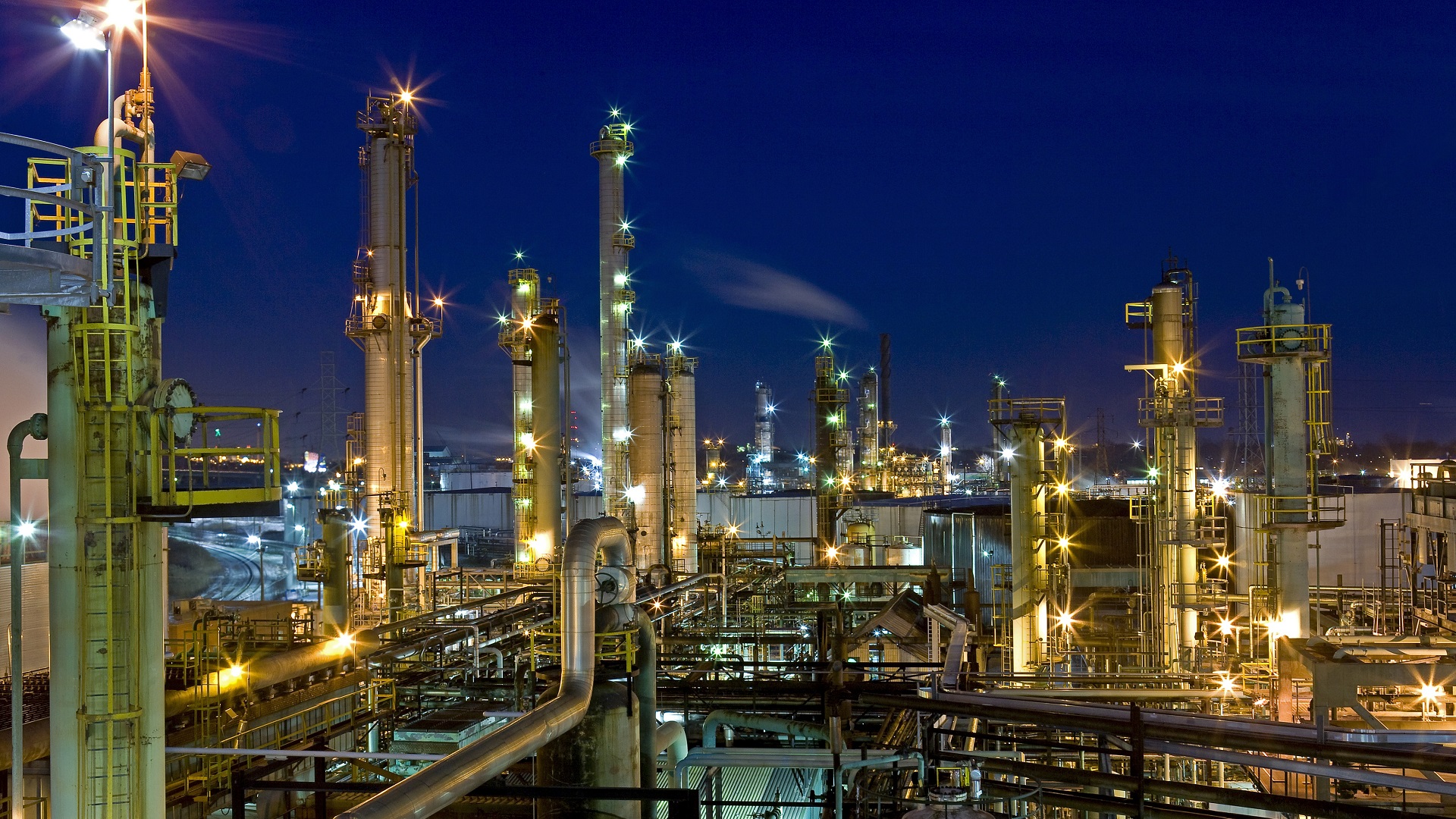Introduction:
Fired heaters are integral to various industrial processes, playing a vital role in refining, petrochemicals, and power generation. However, their energy-intensive nature can lead to high operational costs and increased carbon emissions. To address these challenges, optimizing energy efficiency in fired heaters becomes paramount. This article presents a comprehensive guide to help industries enhance energy efficiency in their fired heater systems.
1. Conduct a Thorough Energy Audit:
Begin the optimization process by conducting a comprehensive energy audit specifically targeting fired heaters. This audit should assess heat transfer efficiency, combustion performance, heat recovery, and overall system design. It serves as a baseline for improvement and identifies areas with potential for enhanced efficiency.
2. Optimize Combustion Processes:
Efficient combustion is critical to boosting energy efficiency in fired heaters. Implement the following strategies to optimize combustion processes:
a. Burner Maintenance and Tuning: Regularly inspect burners to ensure proper operation, cleanliness, and freedom from blockages. Tuning burners for optimal air-fuel ratios minimizes excess air and fuel consumption.
b. Oxygen Trim Controls: Employ oxygen trim controls to continuously monitor and adjust the combustion air supply, maintaining desired oxygen levels for efficient combustion and minimizing excess air.
c. Flame Stability: Maintain stable flames within the fired heater to prevent excessive heat losses due to flame impingement. Proper flame monitoring and control systems contribute to combustion stability.
3. Improve Heat Recovery:
Maximizing heat recovery from flue gases significantly enhances energy efficiency. Consider the following approaches:
a. Economizers: Install economizers to utilize waste heat from flue gases for preheating feedwater or process fluids, reducing the load on the fired heater and lowering fuel consumption.
b. Air Preheaters: Utilize air preheaters to preheat combustion air using waste heat, reducing the energy required for combustion.
c. Waste Heat Recovery Units (WHRUs): Implement WHRUs to recover heat from flue gases and utilize it for various heating applications or power generation.
4. Insulation and Heat Loss Prevention:
Preventing heat losses is crucial for optimizing energy efficiency in fired heaters. Focus on the following insulation and heat loss prevention measures:
a. Insulation: Adequately insulate all hot surfaces, including furnace walls, piping, and flanges, to minimize heat losses to the surrounding environment.
b. Seal Leaks: Regularly inspect and seal any air or gas leaks in the fired heater system, such as in ducts, flanges, and valves, to prevent energy wastage.
c. Door Seals: Ensure proper seals on furnace doors to prevent air infiltration and minimize heat losses during operation.
5. Utilize Advanced Control Systems:
Implementing advanced control systems enhances the overall performance of fired heaters:
a. Combustion Control: Utilize advanced burner management systems (BMS) to optimize combustion control, achieving stable and efficient operation.
b. Process Control Integration: Integrate fired heater controls with other process units to achieve better coordination, minimize heat imbalances, and enhance overall energy efficiency.
c. Real-Time Monitoring and Analytics: Deploy real-time monitoring systems and analytics tools to continuously track and analyse key performance indicators, promptly identifying anomalies and optimization opportunities.
Conclusion:
Optimizing energy efficiency in fired heaters is a crucial task for industries reliant on these systems. By implementing the strategies outlined in this guide, businesses can achieve significant energy savings, reduce operational costs, and contribute to sustainability efforts by minimizing carbon emissions. Investing in fired heater optimization not only enhances the bottom line but also aligns with the broader goals of environmental responsibility.
